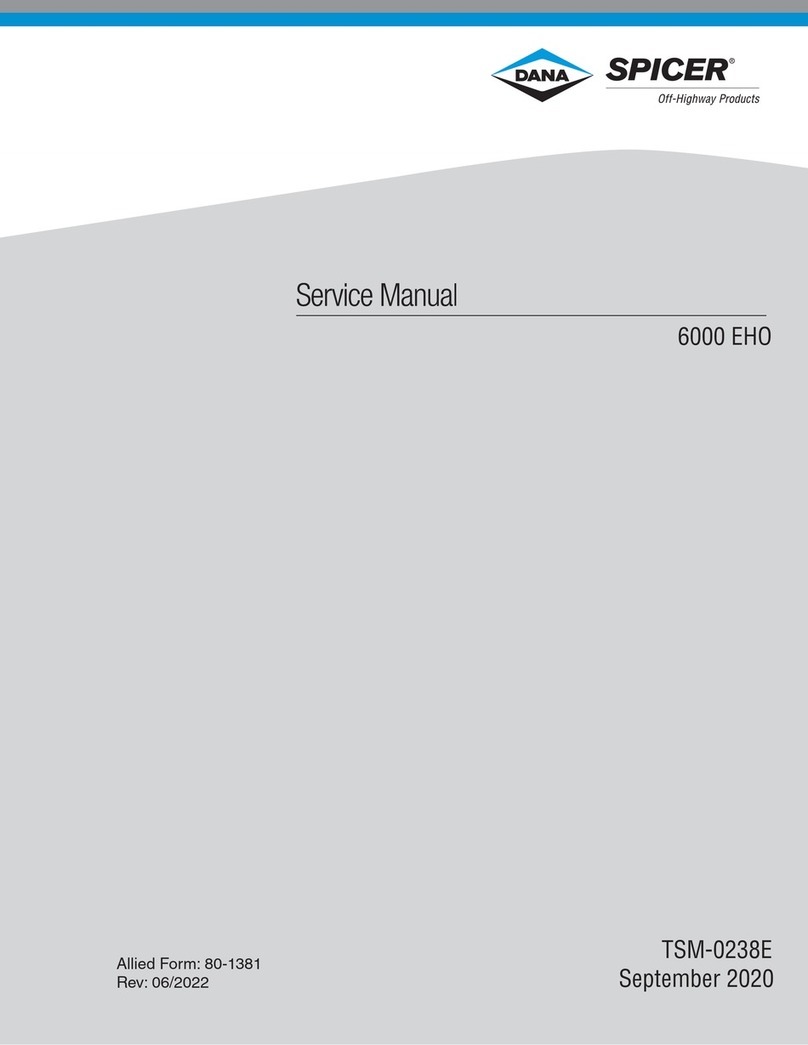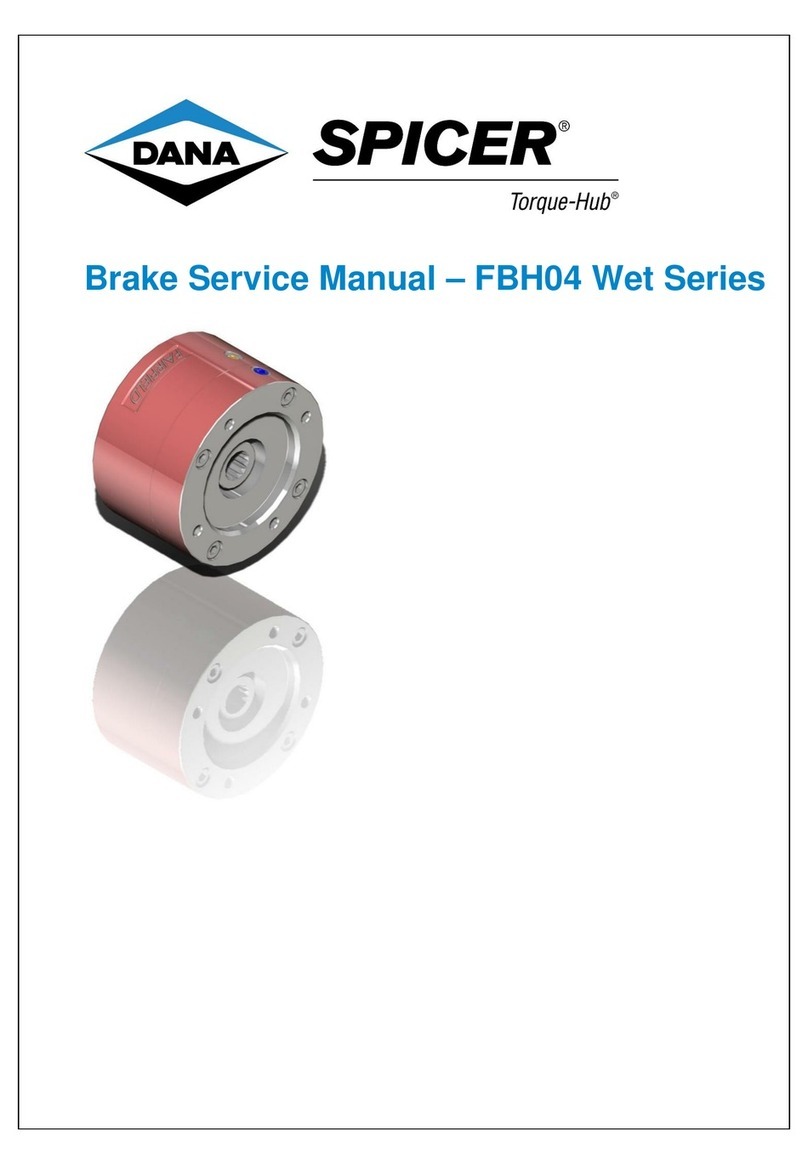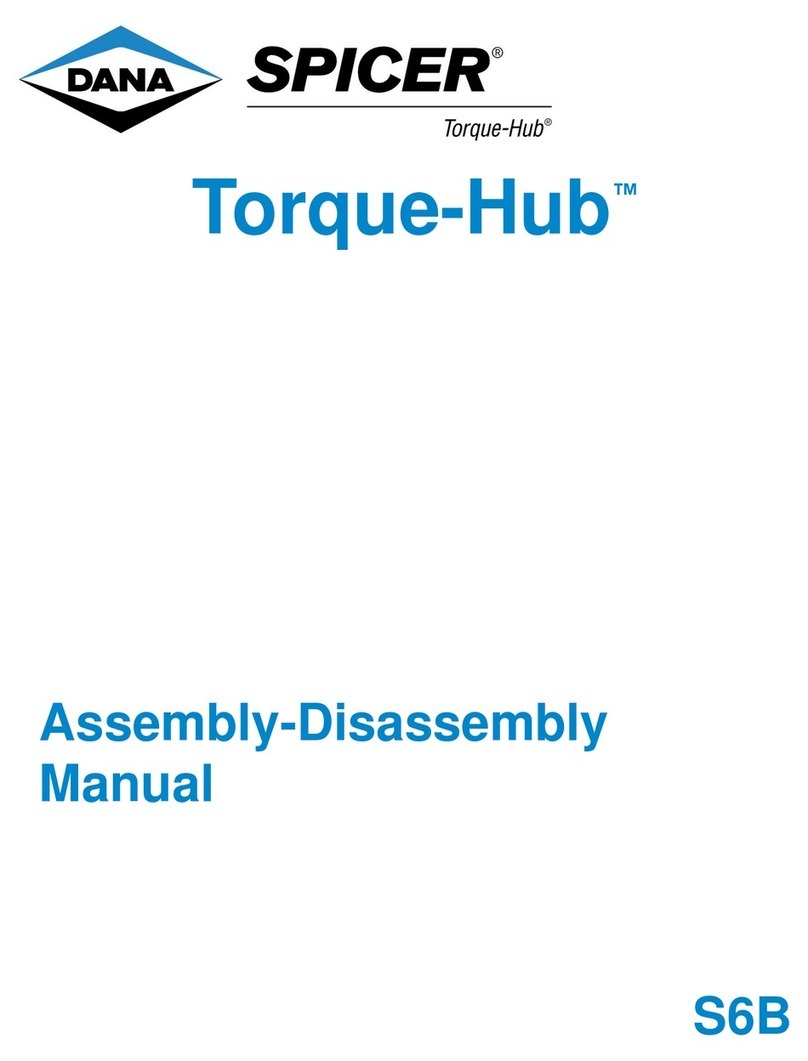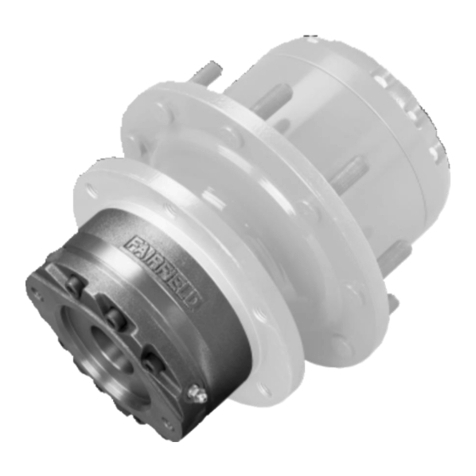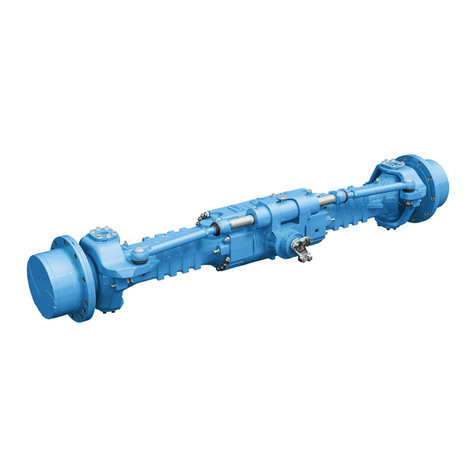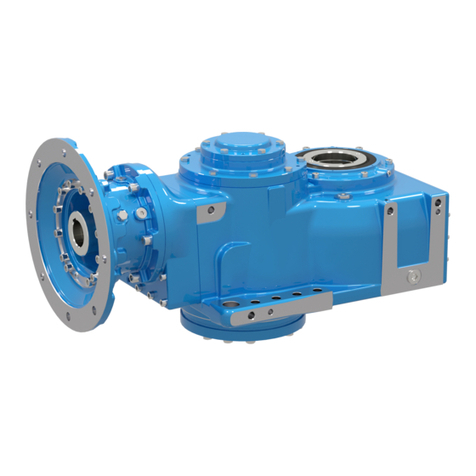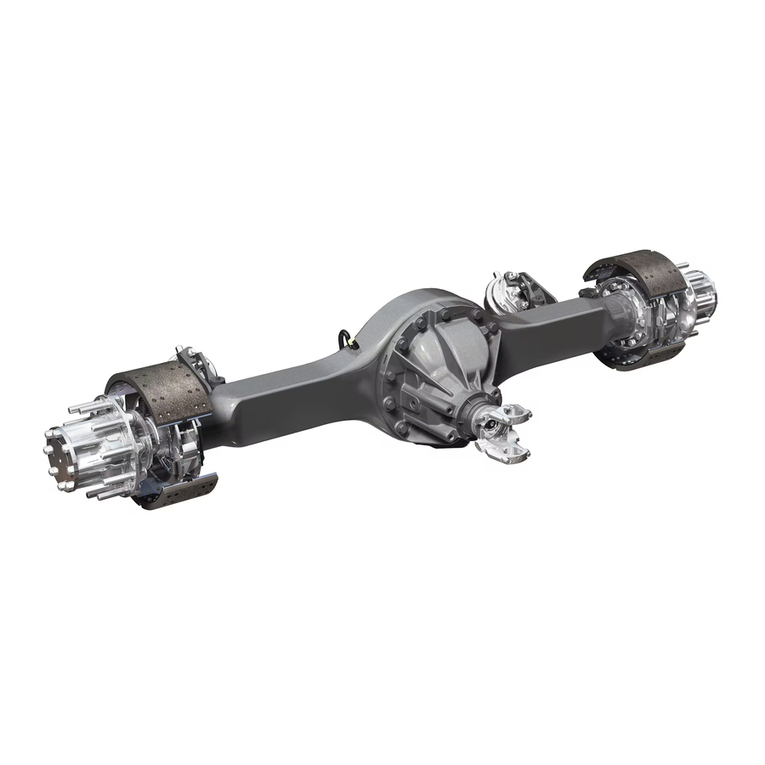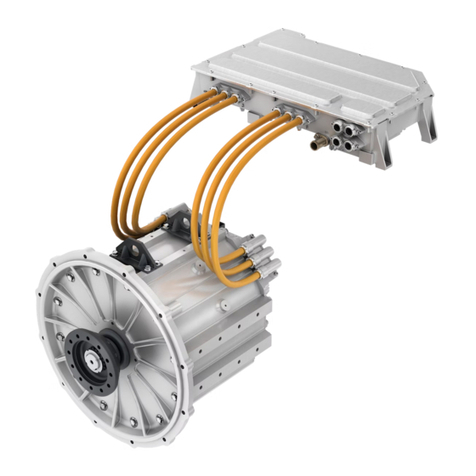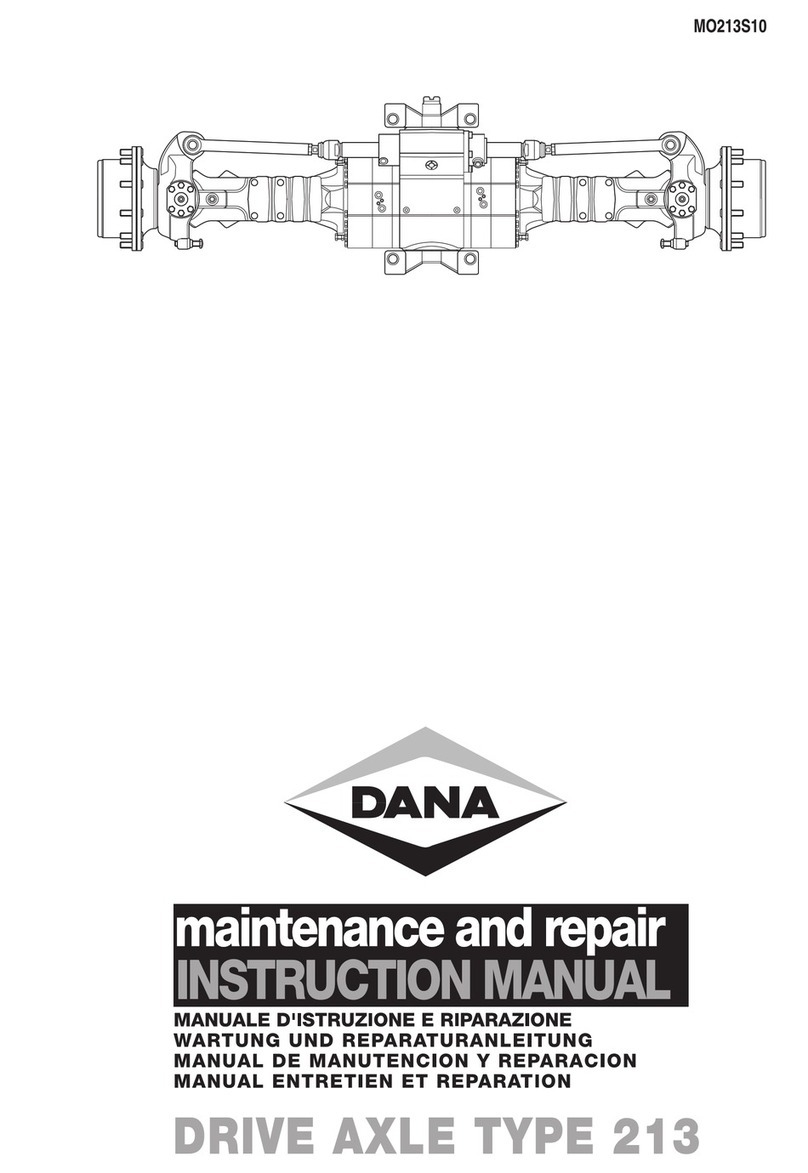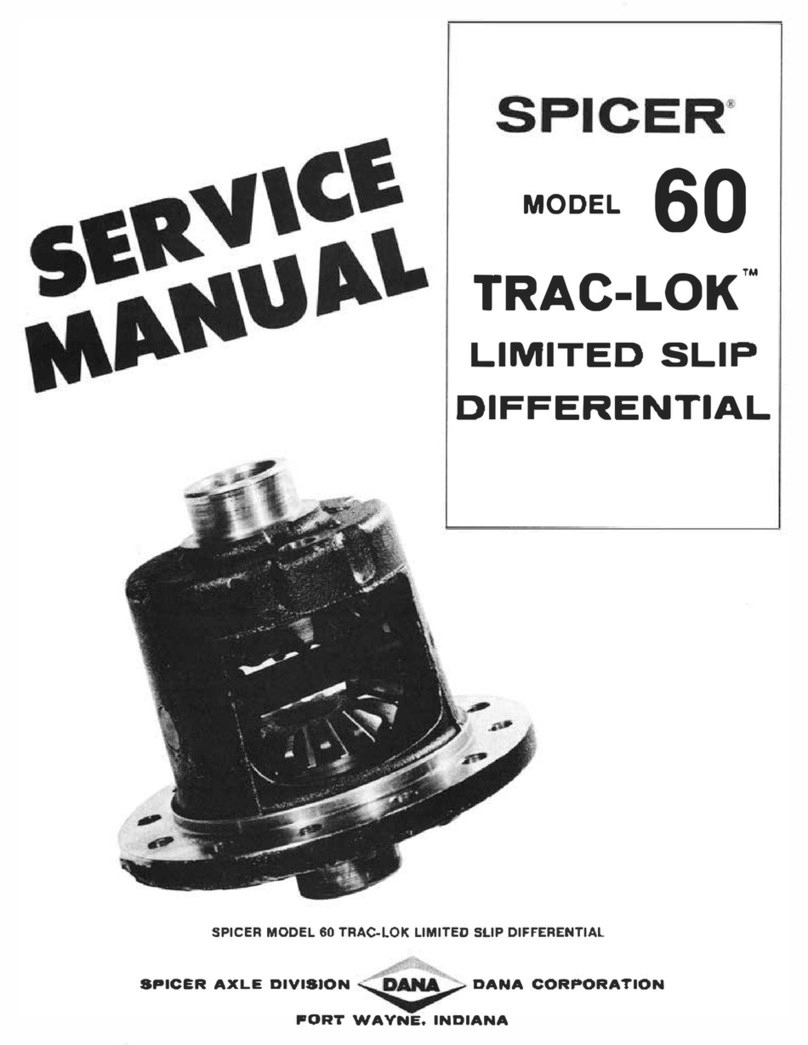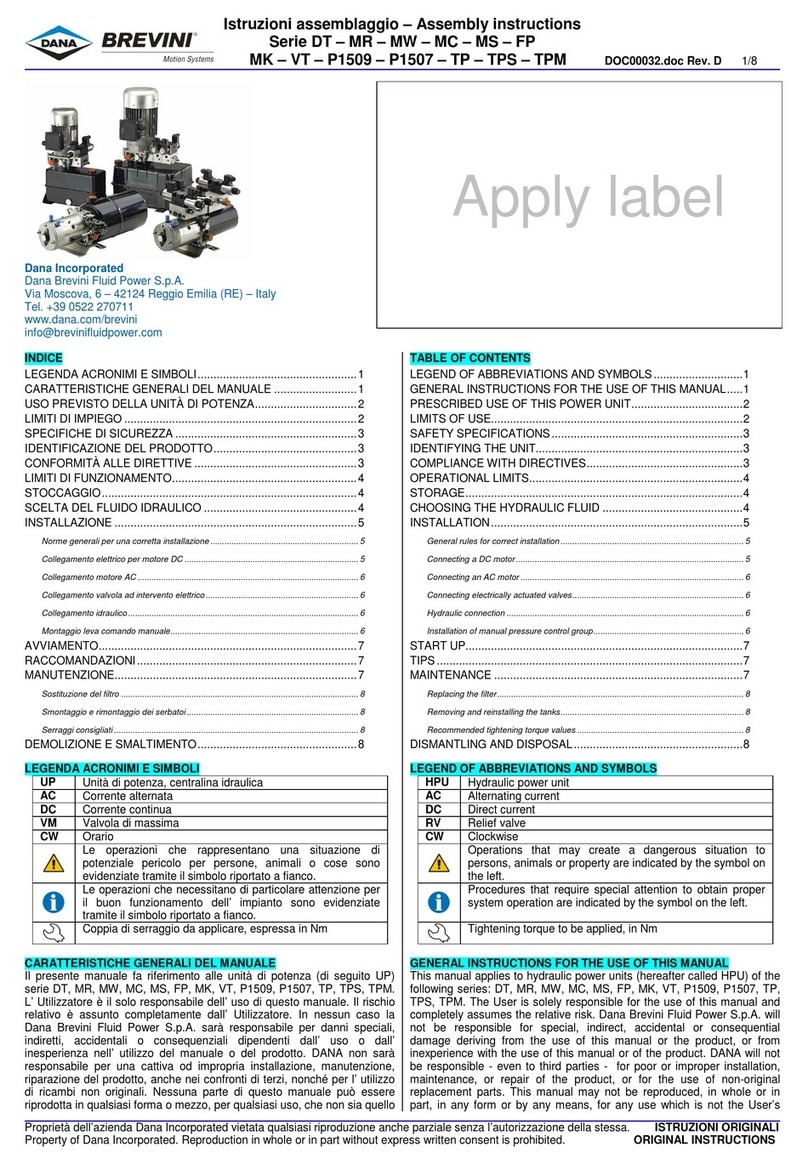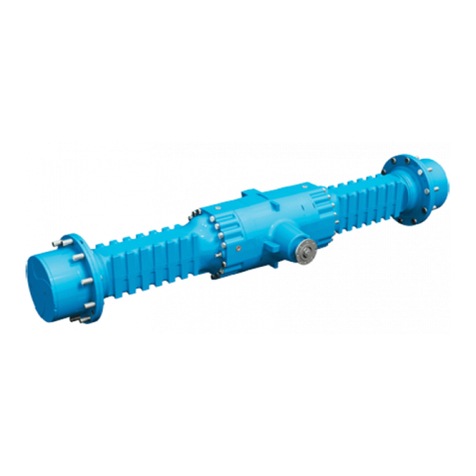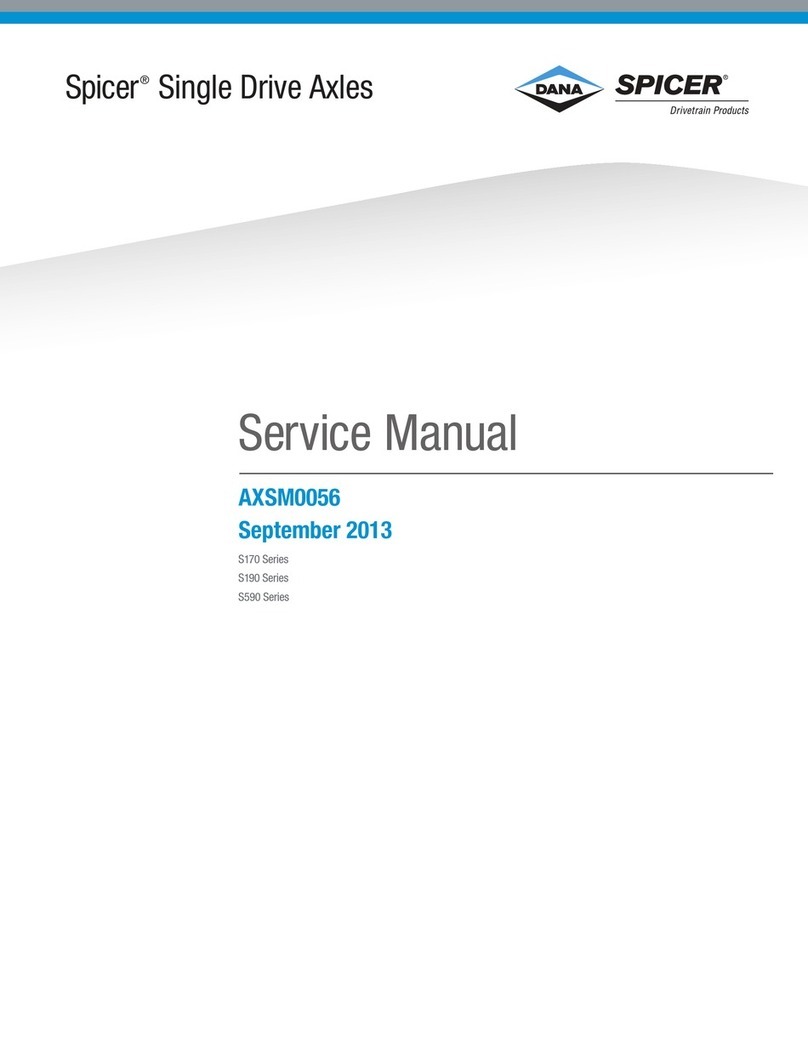
3IMM-0012EN - Installation and Maintenance Manual Dana Incorporated
CONTENTS
1 GENERAL INFORMATION ............................................................................................................... 7
1.1 ABOUT THIS MANUAL ......................................................................................................................... 7
1.2 VERSION TRACKING ........................................................................................................................... 7
1.3 MANUAL APPLICABILITY AND SUPPORTED MODELS ..................................................................... 7
1.4 EXPLANATION OF SYMBOLS ............................................................................................................. 8
1.5 CUSTOMER SERVICE .......................................................................................................................... 9
2 SAFETY ........................................................................................................................................... 10
2.1 PROPER USE ..................................................................................................................................... 10
2.2 GENERAL HAZARDS ......................................................................................................................... 10
2.2.1 DANGER THROUGH EXPLOSIVE ATMOSPHERES ........................................................................... 10
2.2.2 DANGER THROUGH HIGH TEMPERATURES.................................................................................... 11
2.2.3 DANGERS THROUGH ELECTRICAL ENERGY................................................................................... 11
2.2.4 DANGER THROUGH MOVING PARTS ............................................................................................... 12
2.2.5 DANGER THROUGH NOISE ............................................................................................................... 13
2.2.6 DANGER THROUGH OPERATING FLUIDS ........................................................................................ 14
2.2.7 RISKS FOR THE GEAR UNIT .............................................................................................................. 15
2.3 OPERATOR'S RESPONSIBILITY ....................................................................................................... 15
2.4 PERSONNEL REQUIREMENTS ......................................................................................................... 16
2.4.1 QUALIFICATIONS................................................................................................................................ 16
2.4.2 UNAUTHORISED PERSONS............................................................................................................... 17
2.5 PERSONAL PROTECTIVE EQUIPMENT ............................................................................................ 17
2.6 SAFETY DEVICES .............................................................................................................................. 18
2.6.1 SAFETY BARRIERS............................................................................................................................. 18
2.6.2 ADDITIONAL SAFETY EQUIPMENT FOR USE IN EXPLOSIVE AREAS .............................................. 18
2.6.3 OPERATOR'S SAFETY EQUIPMENT.................................................................................................. 19
2.7 ADDITIONAL SYMBOLS .................................................................................................................... 20
2.8 ENVIRONMENTAL PROTECTION ...................................................................................................... 20
3 TECHNICAL DATA .......................................................................................................................... 21
3.1 EX MARKING ...................................................................................................................................... 21
3.2 TYPE PLATE ....................................................................................................................................... 23
4 DESIGN AND FUNCTION ............................................................................................................... 24
4.1 ORDER DESIGNATION ...................................................................................................................... 24
4.2 BRIEF DESCRIPTION ......................................................................................................................... 26
4.2.1 GEAR CASING .................................................................................................................................... 26
4.2.2 GEAR INTERNALS .............................................................................................................................. 26
4.2.3 BEARINGS........................................................................................................................................... 26
4.2.4 OIL SEALS........................................................................................................................................... 26
4.2.5 LUBRICATION ..................................................................................................................................... 26
4.2.6 COOLING SYSTEMS........................................................................................................................... 27
4.2.7 AUXILIARY DRIVE UNITS.................................................................................................................... 27
4.2.8 ADDITIONAL ACCESSSORIES ........................................................................................................... 27
4.2.9 VERTICAL GEAR UNITS...................................................................................................................... 27
4.3 GEAR UNIT POSITION ....................................................................................................................... 28
4.3.1 MONOBLOCK HOUSING.................................................................................................................... 28
4.3.2 SPLIT HOUSING.................................................................................................................................. 29
4.4 CASING SURFACES .......................................................................................................................... 30
4.5 SHAFT LAYOUTS AND DIRECTIONS OF ROTATION ....................................................................... 30
4.6 HELICAL GEAR UNITS E2H, E3H, E4H ............................................................................................. 32
4.7 BEVEL HELICAL GEAR UNITS E3B, E4B .......................................................................................... 34
4.8 COMPACT DRIVES E3C, E4C ...R1 ................................................................................................... 36
4.9 COMPACT DRIVES E3C, E4C ...S5, T6, U3, U4 ................................................................................ 37
4.10 DISPLAYS AND CONTROLS .............................................................................................................. 38
4.11 TOOLS AND UTILITIES DESIGNED TO BE USED IN AREAS EXPOSED TO EXPLOSIVE HAZARDS 38
4.12 ACCESSORIES ................................................................................................................................... 38
